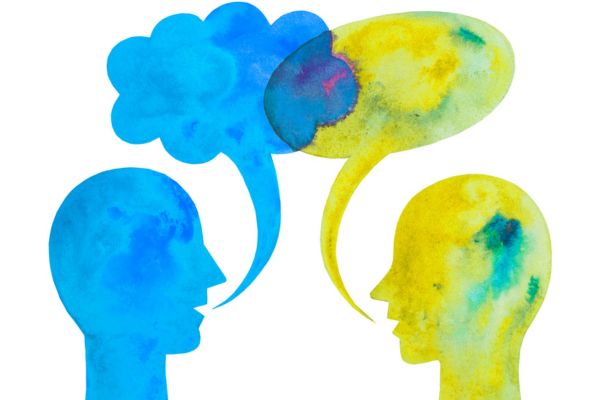
Restorative justice has a lot of practices that can be used effectively in the in-home environment. Let’s start with the basics; what is restorative justice?
The University of San Diego defines restorative justice as “a philosophy and a theory of justice that emphasizes bringing together everyone affected by wrongdoing to address needs and responsibilities and to heal the harm to relationships as much as possible. Restorative justice in school settings is being used to replace traditional punishment practices with a community-oriented approach that involves all stakeholders finding a solution.”
Schools across the country are adopting restorative justice principles. However, even younger children can benefit from learning the skills at the foundation of restorative justice.
Restorative justice uses open-ended questions to help children think through the different aspects of a conflict and come up with a plan of action to repair the relationship. The questions are similar for those that have created the conflict and for those that were impacted by it; they just look at the situation from different perspectives.
For those that created the conflict:
- What happened?
- What were you thinking/feeling at the time?
- What have you thought/felt about since?
- Who has been affected by what you’ve done? In what way? What do you think you need to do to make things right?
For those that were impacted by the incident:
- What did you think when you realized what had happened?
- What impact has this incident had on you and others?
- What has been the hardest thing for you?
- What do you think needs to happen to make things right?
You can adapt the questions to use with children as young as 3 or 4, helping them process the immediate conflict and, at the same time, teaching them foundational conflict resolution skills they can build on.